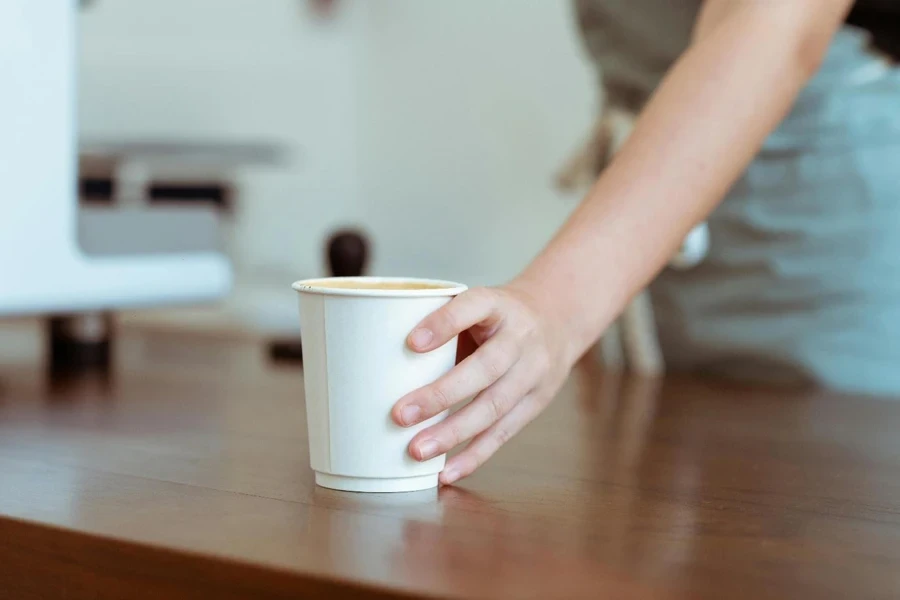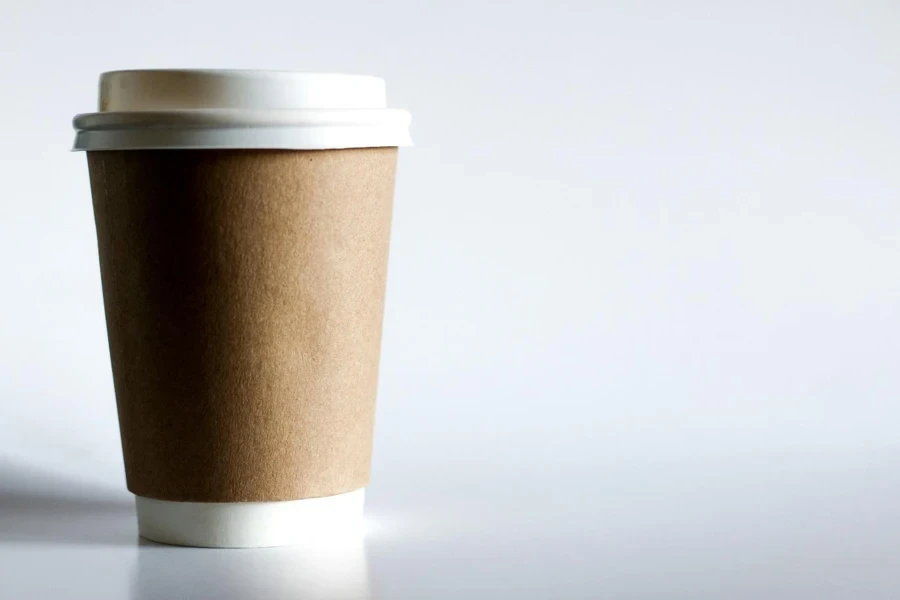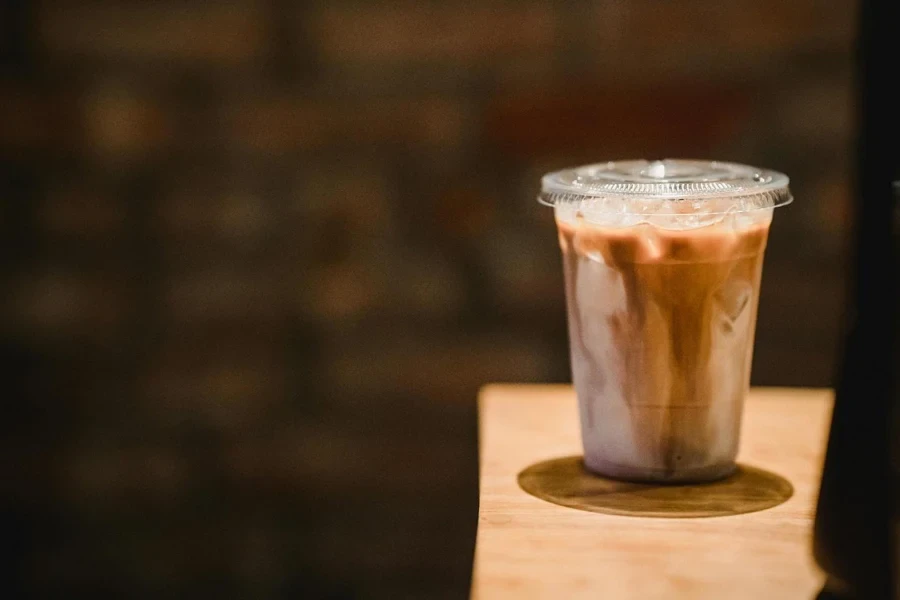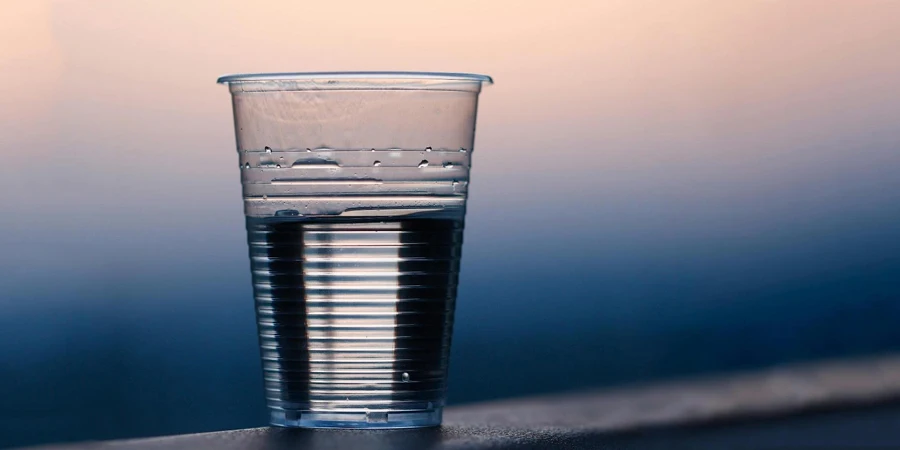Disposable plastic cups have become indispensable in the food and beverage industry, providing unmatched convenience and enhancing brand visibility in quick-service and retail settings. With growing environmental awareness, the market has shifted towards sustainable, eco-friendly options like compostable and biodegradable materials, addressing consumer demand and regulatory pressures. Understanding these market trends and the diverse types of plastic cups available is crucial for professional buyers seeking to optimize costs while meeting customer expectations. This article explores the advancements in disposable cups, including different types and important factors to consider when selecting the right fit for any business requirement. Staying updated on these changes can assist buyers in making efficient purchasing choices.
Table of Contents
● Market overview of disposable plastic cups
● Different types and their features
● Key factors to consider when selecting disposable plastic cups
● Conclusion
Market overview of disposable plastic cups

Current market size and growth potential
The disposable plastic cup market is valued at USD 11.6 billion in 2023 and is projected to reach USD 16.2 billion by 2033 with a compound annual growth rate (CAGR) of 3.4%. These numbers are based on a report from Future Market Insights. They indicate a trend towards increased usage of single-use drink containers due to the growing presence of fast food chains. Major markets, like the United States (USA), China, and India, are key players in this expansion, making up around 40 to 45 percent of the market share in 2023 and showing their impact on shaping consumer habits and production trends.
Driving factors behind demand
The popularity of plastic cups is skyrocketing due to the rise in grab-and-go drink consumption and the rapid expansion of quick-service restaurants worldwide. Mitchell & Cooper noted that the demand for sturdy single-use cups in busy settings, like coffee shops and fast-food outlets, is a key driver of this trend. Furthermore, governmental policies that minimize plastic pollution, especially in Europe and North America, push the industry towards more eco-friendly choices. Consumer preference for eco-friendly packaging also contributes to the rise of the market’s recyclable and biodegradable plastic cups.
Future outlook and innovation trends
The direction the market is heading indicates a growing preference for eco materials like polylactic acid (PLA), bagasse, and other biodegradable options due to regulatory requirements and consumers seeking sustainable choices. The latest report from Future Market Insights highlights how innovative insulation technologies are integrated into fresh cup designs to enhance performance and minimize waste generation. These trends point toward a future where biodegradable materials and improved insulation will become standard, reinforcing sustainability and convenience as core components of the disposable plastic cup market’s growth strategy.
Different types and their features

Eco-friendly choices: biodegradable and compostable options
Plastic cups that can be thrown away and produced from polylactic acid (PLA), which comes from sources such as corn starch, are designed to break down completely within 90 to 180 days in composting facilities. PLA has characteristics like a glass transition temperature (Tg) of 55-60°C, making it best suited for cold drinks since it becomes soft at higher temperatures. Bagasse is a material from sugarcane processing and has strong durability and natural insulating qualities, making it perfect for hot and cold drinks. Bamboo fiber cups also provide robustness, combining bamboo’s durability with natural antimicrobial features, making these cups highly resistant to both high temperatures and biodegradation under composting.
Traditional materials: PET, PP, and polystyrene cups

PET cups are prized for their optical appearance, allowing colorful drinks to shine through with up to 90% transparency. The intrinsic viscosity (IV) values of PET balance durability and recyclability, which can be recycled without losing strength or quality. Polypropylene (PP) is engineered to withstand high temperatures up to 100°C without deformation, making it suitable for hot drinks. PP’s flexibility and high-impact resistance result from its crystalline structure, contributing to its cost-effectiveness in bulk applications. Polystyrene (Styrofoam), meanwhile, is characterized by closed-cell foam architecture, providing high thermal insulation by trapping air within the material, thus keeping hot drinks warm longer. However, this material’s resistance to microbial action makes it non-biodegradable under normal conditions, hence its declining popularity.
Specialized designs for hot and cold beverages
Single-wall and double-wall paper cups serve specific thermal needs, with single-wall designs offering basic insulation. In contrast, double-wall structures use laminated air barriers to create an additional insulative layer, slowing heat transfer to the outer wall. This construction maintains drink temperature longer, with minimal heat reaching the cup’s exterior, making it suitable for hot beverages. Ripple-wrap cups enhance insulation through a triple-layer, corrugated structure; the ripple effect traps air within each groove, increasing heat retention and grip stability. For even higher insulation, air-pocket insulated cups utilize multiple layers with sealed air chambers, effectively reducing heat conductivity. This design, often featuring expanded polystyrene or insulated laminates, can maintain beverage temperature for extended periods without requiring an outer sleeve, catering to high-volume outlets and prioritizing user comfort.
Key factors to consider when selecting disposable plastic cups

Sustainability and environmental impact
When choosing plastic cups, focusing on eco-friendly and sustainable practices is key to aligning with eco-conscious practices. Materials used in making these cups, such as PLA and bagasse, are notable for being biodegradable and compostable. They break down under industrial composting conditions within a period ranging from 90 to 180 days for PLA and even quicker for bagasse. PLA made from corn starch offers a lower carbon footprint than traditional plastics.
Quality, durability, and customer safety
Ensuring that products are safe and high-quality is crucial for keeping customers happy and meeting regulatory requirements. Disposable cups must meet the standards outlined by organizations such as the FDA and ISO that oversee the safety of materials and manufacturing processes. Using plastics free from BPA ensures that the cups do not contain substances that might impact our health, particularly when we use them for hot drinks. To ensure their durability, cups should undergo tests to check for leaks and resistance, ensuring they can withstand use without spilling or breaking easily. Opting for cups with thicker walls and reinforced rims in high-traffic settings can enhance durability, reducing the need for replacements and supporting operational efficiency.
Branding and customization opportunities
Using custom branding on cups offers businesses a marketing chance to boost their brand awareness effectively. In-mold labeling and screen printing are loved customization choices that allow adding logos, color schemes, and messages to blend seamlessly into the cup design. In particular, the in-mold labeling method ensures lasting quality by incorporating graphics into the plastic during production to withstand temperature changes and prolonged usage. For businesses looking to optimize branding, investing in multiple size options and aligning cup quantities with demand patterns can also boost brand consistency across product lines. For example, offering both 8 oz and 16 oz sizes accommodates customer preferences, while seasonal adjustments to stock levels can help manage costs and prevent waste.
Conclusion

Choosing plastic cups involves balancing practicality and environmental consciousness while considering branding visibility. Customization options offer valuable branding opportunities, making disposable cups a versatile tool for visibility and engagement. By aligning these choices with operational needs and customer expectations, businesses can achieve an effective solution supporting environmental responsibility and brand success.




